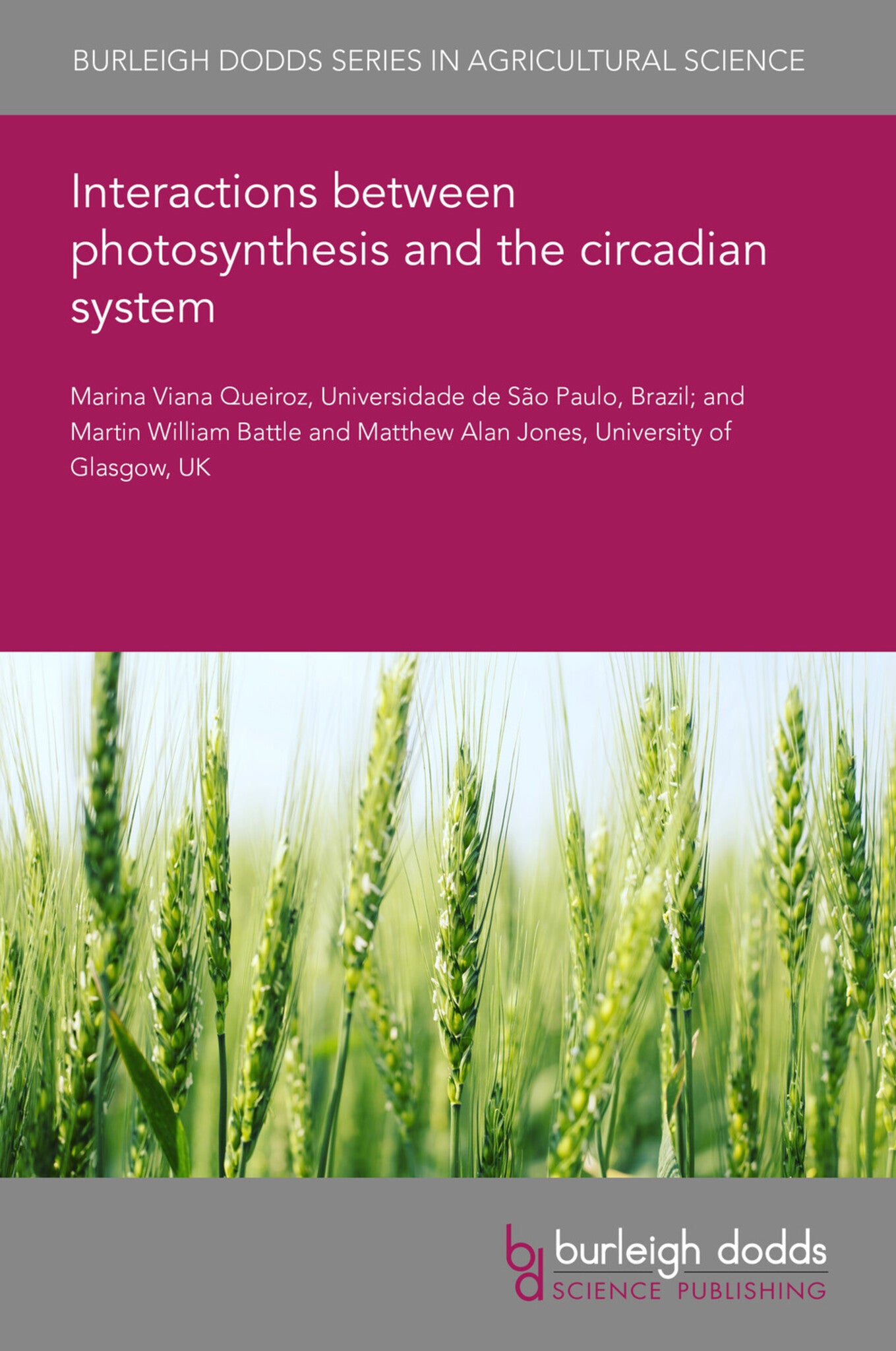We're sorry. An error has occurred
Please cancel or retry.
Interactions between photosynthesis and the circadian system

Some error occured while loading the Quick View. Please close the Quick View and try reloading the page.
Couldn't load pickup availability
- Format:
-
09 January 2023

The rising and setting of the sun provides a regular transition between two starkly different environmental conditions for photosynthetic organisms such as plants. Since photosynthetic organisms rely on light as both an environmental signal and an energy source it is beneficial for plants to respond to and utilize light in a time-dependent manner. This timing information is provided by the circadian system, a complex biological oscillator that provides an internal reference that can be used to modify plants’ responses to light signals. In this review, we will discuss how the circadian system regulates photosynthetic processes, while also exploring how photosynthetic products can themselves feed into the circadian system to optimise interactions between plants and their environment.

TECHNOLOGY & ENGINEERING / Agriculture / Agronomy / Crop Science, Plant biology, TECHNOLOGY & ENGINEERING / Agriculture / Sustainable Agriculture, Agricultural science, Sustainable agriculture, Agronomy and crop production

- 1 Introduction
- 2 The circadian system: a global regulator of metabolism
- 3 The circadian system and its contribution to the regulation of photosynthesis
- 4 Interactions between photosynthates and the circadian system
- 5 Generation of reactive oxygen species during photosynthesis
- 6 Conclusion
- 7 Where to look for further information
- 8 References



